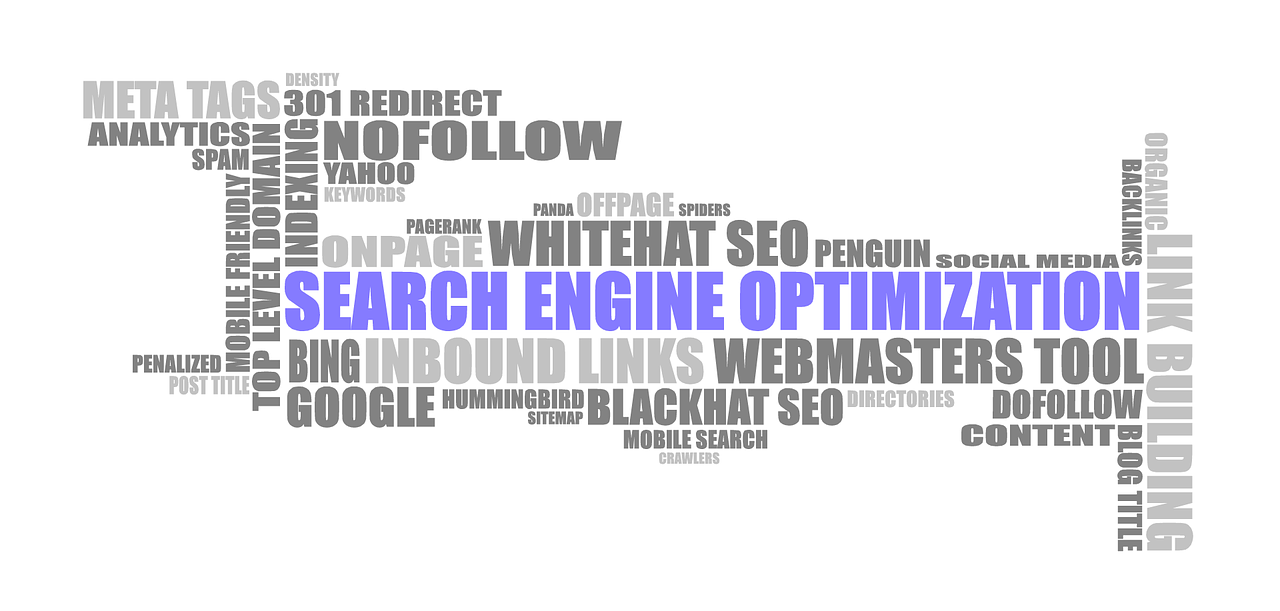How to Combine SEO and UX to Improve Your Website
February 15, 2019
How to Build Your Website For The Mobile-First Experience in 2019
February 13, 2019
How To Improve Your eCommerce Local SEO Rankings In 2019
February 9, 2019
Effective way to generate leads from social media
January 22, 2019
Boost Your Site Engagement Using Polls
January 14, 2019









